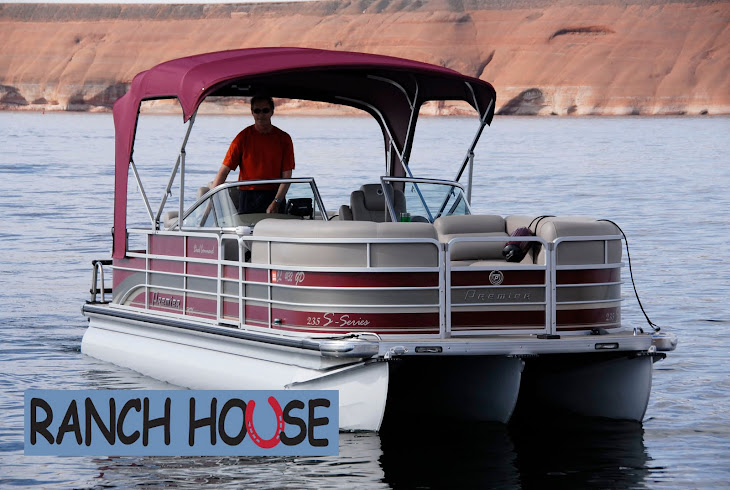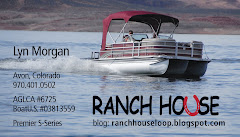The timing didn't seem right - I had a bit of laryngitis, scratchy throat and thunderstorm chance today was 50%. After getting my blog to Joanne for posting Thursday night I realized it was 10:00 and the taxi was scheduled for 4:30 AM. It was time for a day off and this morning I feel good and the chance of storms for today onward has been downgraded. The heat warnings remain however, and probably another reason to get myself back to normal today before undertaking the final push tomorrow. This leg of the trip, 250 miles, could theoretically be done in one day but the 3 locks I must traverse are the wild card potentially causing delays exceeding 2 hours.
Yesterday, after leaving the fine folks at Grafton Harbor, I should have been to Hoppie's Marina easily before noon with only the two locks in the St. Louis area. As it was it took all day to go 50 miles and the heat index was over 100. Both locks were making repairs so I had to wait for commercial traffic and the barges move at glacial speed. It was one of the worst days of the trip and the longest delays I've experienced in about 130 locks.
Despite some first aid on the middle pontoon, the Premier Pontoon has performed extremely well and garnered many comments from people who realized it wasn't the average pontoon. Of course people could not believe I was doing the Loop in it. Despite being beaten by waves there is nothing loose on the boat - the gates, 5 rail "fence," and wind screens remain very solid. The all-weather carpet looks great but will need a cleaning. The nano-technology seats look like the day the boat was delivered. Salt water is hard on materials and because I could not rinse it everyday the swim ladder and a few metal fittings may need to be replaced. I have put a few dings in the bow and stern plates which will need attention. It is the only boat of this type I would consider for big lakes and a comfortable ride. It is very well screwed together.
The technology I've relied on are my Asus Netbook, used every night for planning, weather and blog. Verizon Incredible phone for taking pictures, weather radar during the day, and g-mail, looking up motels, etc. on Google search. Used 12 v boat charger for it during the day. SPOT locator which I've already discussed - essential item especially for solo trips of any kind (does not depend on cell phone connection, uses satellite). Lowrance 7” GPS mounted on the boat for electronic charts, speed, distance, sonar for depth and bottom conditions. Use this in conjunction with paper charts for navigation. I don't recommend Lowrance due to a screen failure, failure of cursor keys to function periodically, poor corporate customer support and slow refresh rates which are maddening when you are attempting to use the other functions. Hallberg Marine, my dealer, saved the day by overnight shipping a new unit to me when the screen failed. I carried a compact camera but did not use it much due to adequate phone pictures and lack of time to use both. I also carried a handheld Garmin GPS in case the Lowrance failed and this was used the day the Lowrance screen failed. A marine portable radio is essential for safety, talking to other boats, locks and getting marine weather. 12 v and AC chargers are essential for any chargeable devices as well as extra batteries. The Yamaha engine included dash gauges that gave me fuel consumption at different RPMs, gallons used, MPH, trip miles, and engine hours to track maintenance. That summarizes most of the technology I used.





















































